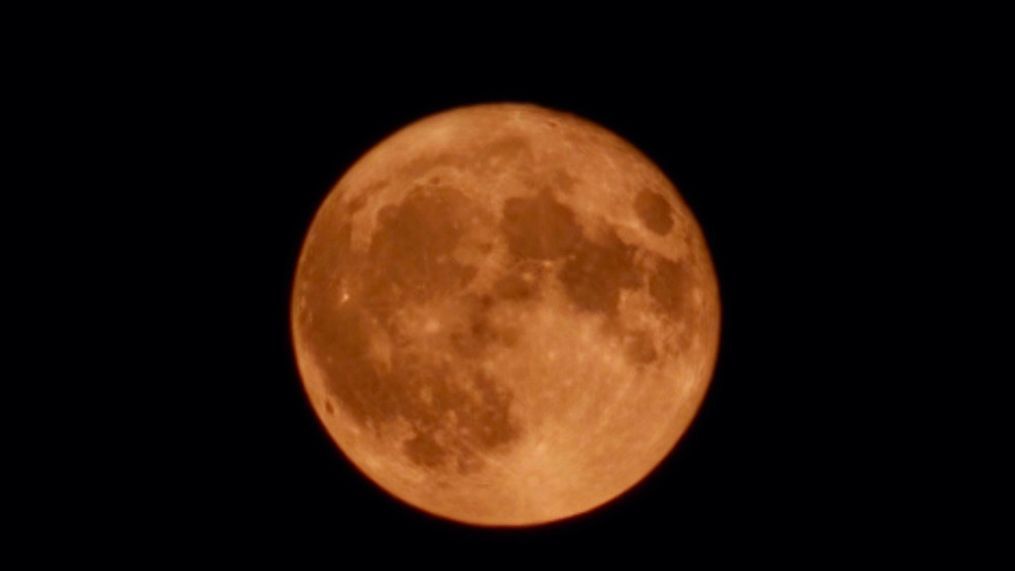August's rare 'blue supermoon' will be the brightest of 2023
SEATTLE (KOMO) — On the last day of August, the second supermoon of the month will appear even brighter and closer than the first one.
Make sure to catch a view because this celestial occurrence won't happen again until 2037, according to Italian astronomer and Founder of the Virtual Telescope Project Gianluca Masi.
The second full moon of any month is referred to as a "blue moon." According to NASA, a blue moon only occurs once every two or three years on average, but a blue moon that is also a supermoon is even rarer.
What is a supermoon?
A supermoon happens when the moon's orbit is closest to Earth and occurs at the same time the moon is full. It is known as a supermoon because the moon appears slightly brighter and larger than a regular full moon.
NASA said this supermoon will be around 222,043 miles away, even closer than the supermoon earlier in August. The moon is an average of 238,855 miles away from Earth, which means the moon will be 7% closer than usual on Wednesday.
"Publications use different thresholds for deciding which moons qualify as super," NASA said. "However, they all agree that the two full moons in August qualify."
What is a blue moon?
The original definition of a blue moon is the third full moon in a season that has four moons.
In 1946, Sky and Telescope magazine redefined a blue moon as the one commonly understood today.
By both definitions, this moon will be a blue moon.
When will the blue moon appear?
The full moon will be Wednesday night, Aug. 30, 2023, appearing opposite of the sun at 6:36 PM.
Where can I see it?
Look to the east just after sunset to find the moon. Given that it will be the brightest and largest moon of the year, it should not be difficult to spot.
Will the moon be blue?
Unfortunately, the moon will not visibly look blue.
However, on very rare occasions, the moon can actually appear blue. This color change happens only if extreme wildfires or volcanic eruptions blast enough smoke or ash into Earth's upper atmosphere.



